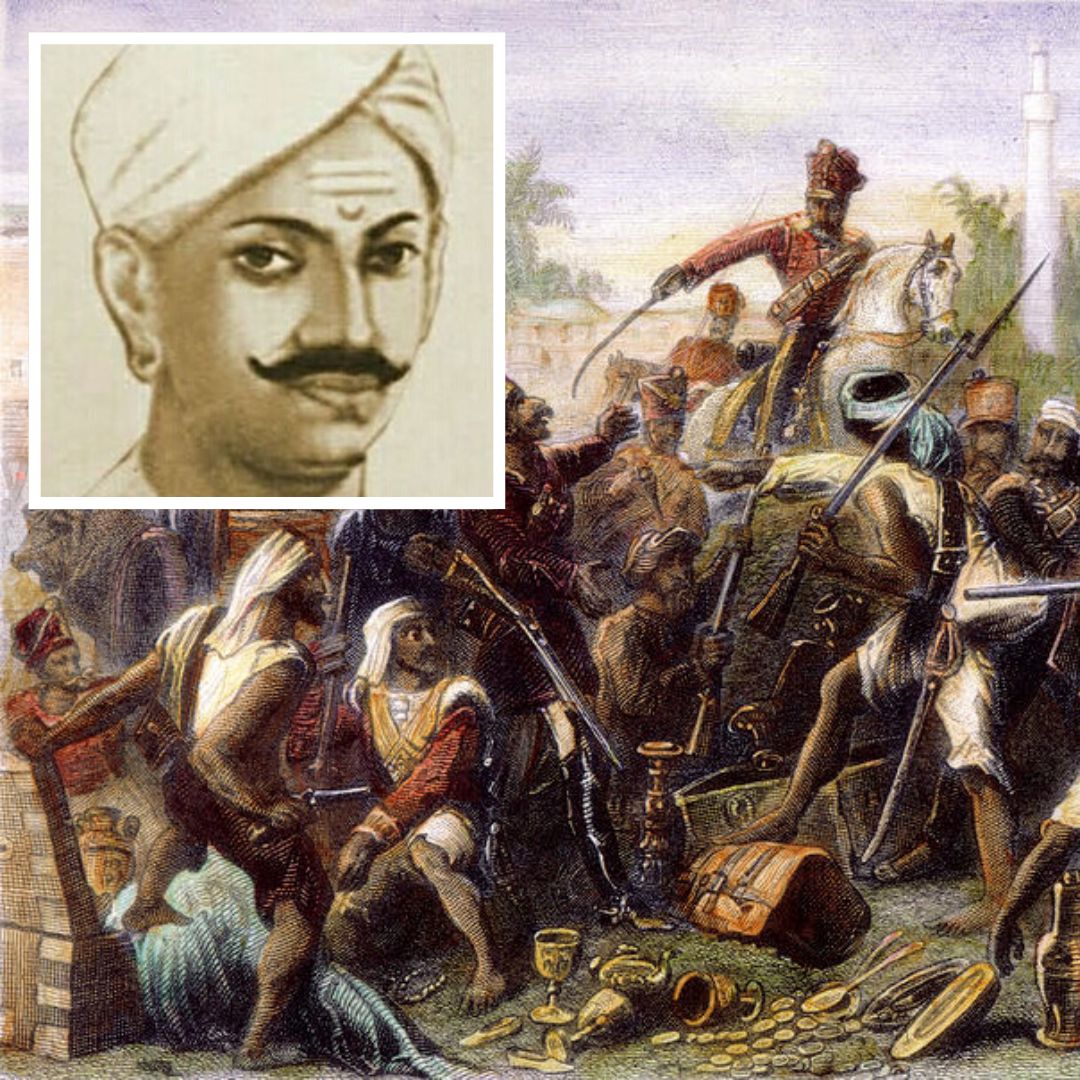Remembering Mangal Pandey, Hero Of First Independence War Who Inspired Revolt Of 1857 'Sepoy Mutiny'
Writer: Ronit Kumar Singh
A confident and reliable journalist who always desires to toss the unheard voices. I cover politics and governance extensively through stories.
India, 19 July 2022 6:33 AM GMT | Updated 19 July 2022 9:12 AM GMT
Editor : Snehadri Sarkar |
While he is a massive sports fanatic, his interest also lies in mainstream news and nitpicking trending and less talked about everyday issues.
Creatives : Ronit Kumar Singh
A confident and reliable journalist who always desires to toss the unheard voices. I cover politics and governance extensively through stories.
The first war of Independence by Mangal Pandey, also known as the Sepoy Mutiny of 1857, sprouted the dream of Independence among Indians. The courageous soldier was sentenced to death by hanging after he attacked British officers in Kolkata.
Mangal Pandey, synonymous with determination and courage, was born on July 19, 1837, in the Ballia district of Uttar Pradesh. A brave sepoy and a revolutionary soldier, Pandey played a crucial role in India's first rebellion against British rule in 1857. He is considered a hero of the first war of Independence, also known as the Sepoy Mutiny of 1857, that sprouted a dream of Independence among Indians.
He was a sepoy in the 34th Bengal Native Infantry (BNI) regiment of the East India Company. He is known for his revolutionary movements against the British Empire. During the 1850s, the British administration introduced cartridges allegedly laced with pig and cow fat which is considered offensive to Muslim and Hindu religious groups.
Revolt of 1857 'Sepoy Mutiny'
The Britishers, upon asking, denied the claim of using animal fat in the cartridges, but Pandey's observation and doubts started becoming stronger, which led to the mutiny. The revolutionary freedom fighter instigated his fellow sepoy mates against the British administration for their atrocities.
On March 29, 1857, he attached two British officers in the Barrackpore district of Kolkata, after which he was imprisoned. During the trial, Mangal Pandey said to the court that his actions and revolt against the British rule were his intention and not influenced by any others. On April 8, 1857, he was sentenced to death by hanging in the province of Bengal.
His revolutionary movement and dedication inspired many Indians to participate in the Indian freedom struggle to eliminate British rule. The revolt he started soon reached many parts of the country, and Indians started coming forward against the British government.
Commemoration To Pandey
In October 1984, recognising his efforts, the government of India commemorated Mangal Pandey by issuing a postage stamp of his image. A Delhi-based artist, C.R. Pakrashi, designed the stamp in the memory of a courageous freedom fighter, Wikipedia reported.
Barrackpore, where he attacked the British officers and was subsequently sentenced to death by hanging, still remembers him through various tributes. A park called Shaheed Mangal Pandey Maha Udyan has been set up to recognise his contribution to the Indian freedom struggle.
Also Read: Drones Developed For Food Delivery Aggregator Now Helping Flood Victims In Andhra, Gujarat
 All section
All section















